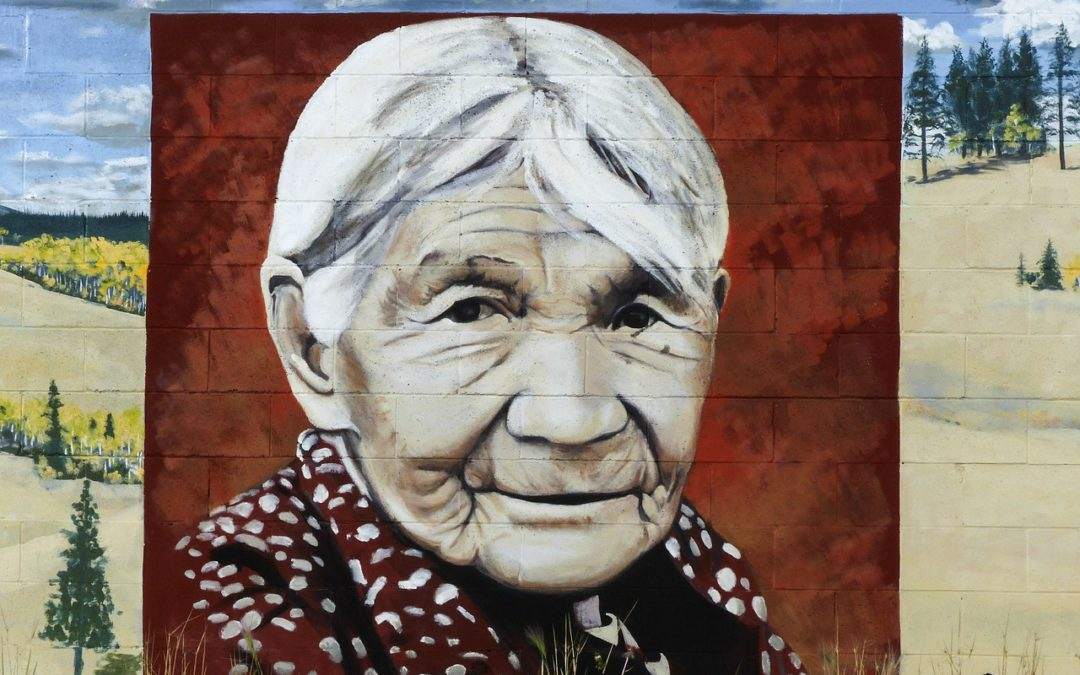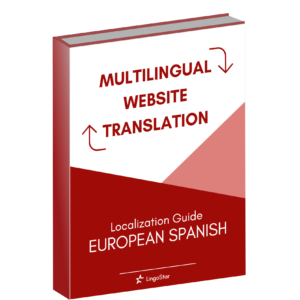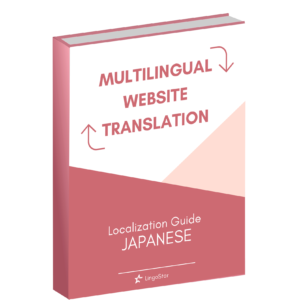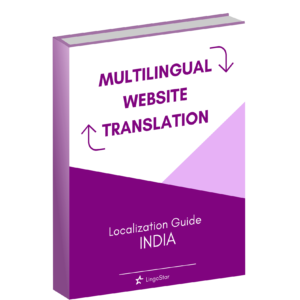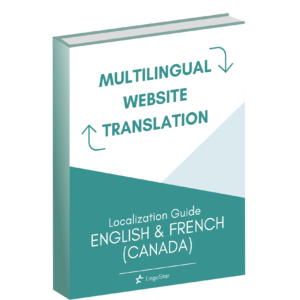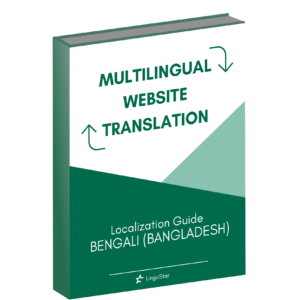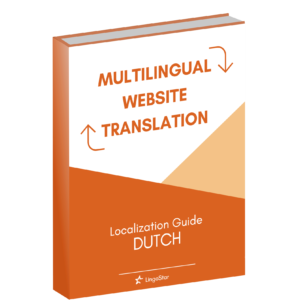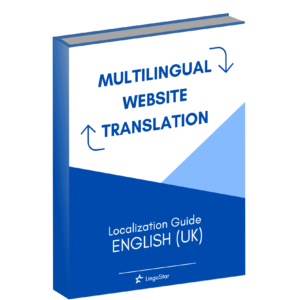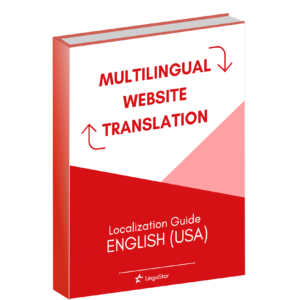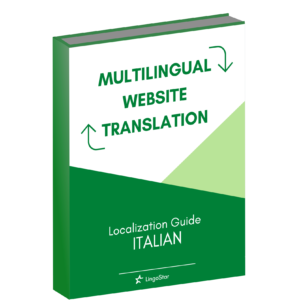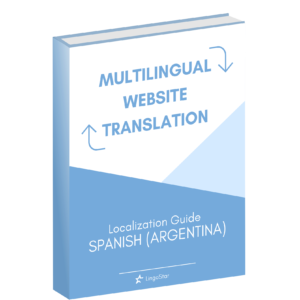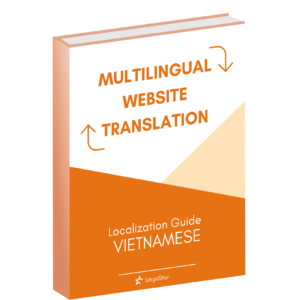Dec 17, 2013 | Translation News
Dear Language Friend, Christmas is around the corner. Almost all doors of the Advent calendar have been opened and everyone is waiting for the holidays to come. My experience with Christmas is that time is flying during the holidays and everything is over pretty fast. However, after Christmas the celebrations won’t stop as the New Year draws near. You may think of something totally different when you think of these two celebrations. Even in our office there are differences, as we come from various countries. Various countries mean various backgrounds and various Christmas and New Year celebrations. Do you want to find out how these two holidays are celebrated in the countries represented at LingoStar? Then continue to read this month’s newsletter. Contributed by the LingoStar Team Frohe Weihnachten und einen guten Rutsch! In Germany, during the Christmas season (which starts around mid-October in the supermarkets, but normally with the Advent season, 4 weeks before Christmas Eve) we decorate our houses, inside and outside, with lights, candles and fir branches. On an Advent Sunday, we light the Advent wreath and in the afternoon, we eat self-made cookies – every family seems to have its own recipe. We also eat gingerbread, Christmas Stollen (a cake with lots of raisins and spices) and Spekulatius (a spiced cookie). At least one visit to one of the numerous Christmas markets, which you can even find in small villages, is a must. There you can get all sorts of spices, candies (like roasted almonds or marzipan) and the typical “Glühwein” – a hot drink made of wine and various spices. You can also buy...
Dec 2, 2013 | Blog, Language Services, Translation
What does localization mean? How can a localization service help you? Localization is basically a way for companies to customize their website content in order to reach foreign target markets more effectively. The best way to do this is to use the localization service of a translation company. Indeed, if businesses want to open up to new markets, they have to make sure that the local population can understand their content. People might object that today’s world expects everyone to learn English at some point. However, surveys repeatedly show that customers are more inclined to purchase products online if they find the description in their native language. In addition, over half of the searches in Google are conducted in languages other than English. Read this article for more information. Localization Services in Canada Canada is a bilingual country. Therefore, localization services are even more relevant. It is of major importance, especially in Quebec where French is the official language. Indeed, the Charter of the French Language is a law that was adopted by the Quebec government in 1977. The law aims to preserve the quality and status of the French language. National companies need to promote their services to both English and Canadian French speakers. Consequently, they advertise their products and services in a more direct way to both target markets. To learn more about content marketing, read about these interesting social media marketing ideas >>. How LingoStar can help you We offer localization services for websites, online content, applications, video games and other software-related projects. If you would like to receive more information, feel free to contact us at info@lingo-star.com or call us...
